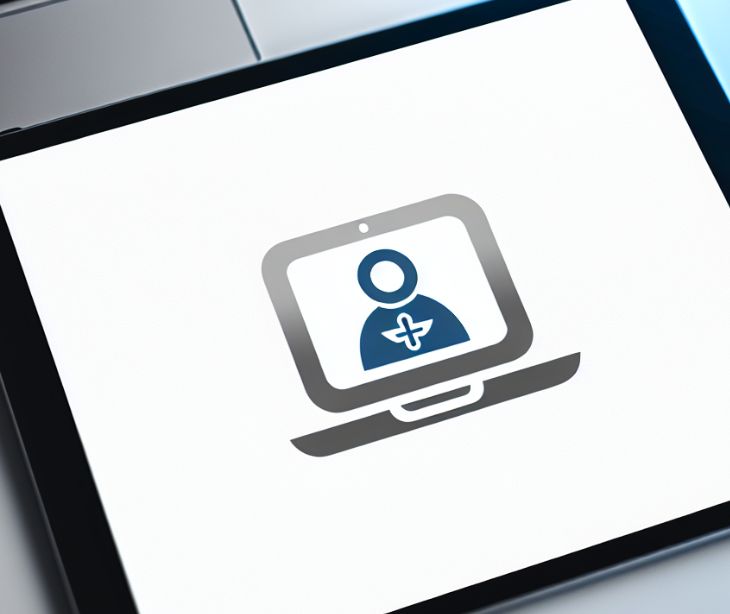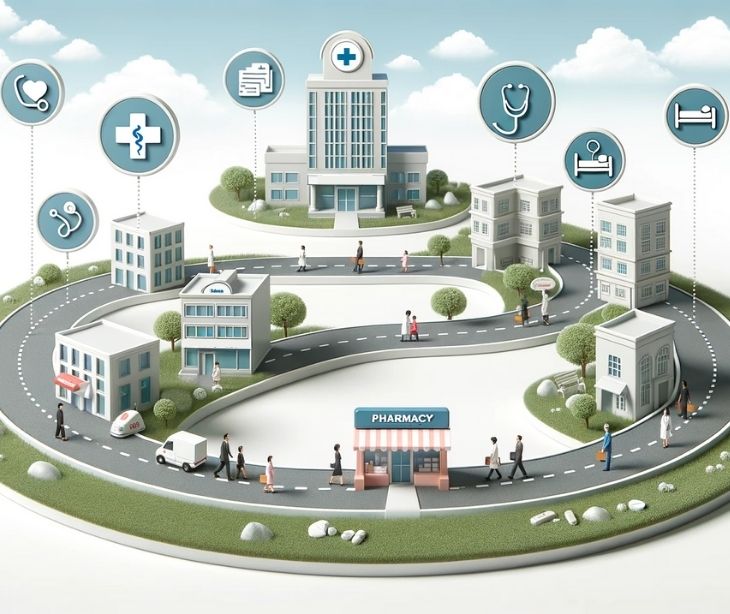
Telemedicine is bringing the doctor's office to the patient through their phone or computer screen.
Understanding telemedicine
Telemedicine is using telecommunications technology such as video calls, phone calls, or secure messaging platforms to provide remote healthcare services.
Telemedicine allows patients to consult with healthcare professionals without physically visiting a doctor's office or hospital. It can involve various aspects of healthcare, including consultations, diagnosis, treatment planning, monitoring, and follow-up care.
This approach is especially valuable for individuals residing in underserved areas who lack reliable access to standard medical facilities, and those dealing with mobility issues that require more accessible means of receiving quality healthcare services at their convenience.
A study aimed to analyze patient characteristics related to the use of telemedicine and the telemedicine mode, and summarise the experiences of telemedicine visits by telemedicine mode. The study found that “3% used telemedicine (70% video visits; 30% audio-only visits). Patients who used telemedicine were more likely to have more health care needs while video telemedicine visits were less likely among older patients and those without internet; no differences were observed by education, race and ethnicity, or income.” The findings of this study, demonstrate that patients value telemedicine and encourage its continuation.
See also: Telehealth
Types of telemedicine
Telemedicine encompasses various remote healthcare services, each tailored to meet specific needs and preferences. Here are some common types:
- Real-time telemedicine: This involves live, interactive communication between patients and healthcare providers through video conferencing, phone calls, or secure messaging platforms. It enables real-time consultations, diagnosis, and treatment planning, mimicking traditional in-person visits.
- Store-and-forward telemedicine: Also known as asynchronous telemedicine, this method involves transmitting patient medical information (such as images, videos, and medical records) to a healthcare provider, who reviews the information later. It's often used for non-urgent consultations, second opinions, and specialist referrals.
- Remote patient monitoring: This type of telemedicine involves using medical devices and technology to monitor patients' vital signs, symptoms, and health data remotely. Patients may use wearable devices, sensors, or mobile apps to collect and transmit data to healthcare providers, who can monitor their condition and intervene as needed.
- Mobile health (mHealth): Mobile health applications and platforms enable patients to access healthcare services, information, and resources using smartphones, tablets, and other mobile devices. These apps may offer features such as virtual consultations, medication reminders, health tracking, and educational content.
Best Practices
- Choose a secure platform: Use a secure telemedicine platform that complies with HIPAA regulations to protect patient confidentiality and data security.
- Verify patient identity: Confirm the patient's identity and verify their contact information at the beginning of the consultation to ensure accurate documentation and follow-up.
- Establish rapport: Build rapport with patients by introducing yourself, explaining the telemedicine process, and addressing any concerns they may have about remote consultations.
- Conduct a thorough assessment: Gather relevant medical history, evaluate the patient's symptoms comprehensively, and use appropriate diagnostic tools.
- Document carefully: The telemedicine encounter should be documented accurately and thoroughly in the patient's medical record, including the reason for the visit, assessment findings, diagnosis, treatment plan, and any follow-up recommendations.
- Provide clear instructions: Provide clear instructions to patients regarding their treatment plan, including medication dosages, follow-up appointments, and when or how to seek further medical attention if symptoms worsen.
- Ensure follow-up: Schedule follow-up appointments as needed and communicate with patients through secure messaging or phone calls to monitor their progress and address any concerns.
See also:
- HIPAA Compliant Email: The Definitive Guide
- How HIPAA compliant email can improve telehealth services
FAQs
Is telemedicine suitable for all medical conditions?
While telemedicine can address many healthcare needs, certain medical conditions may require in-person evaluation, physical examination, or diagnostic tests that cannot be conducted remotely. Healthcare providers can determine whether telemedicine is appropriate for a particular condition based on individual circumstances.
Is telemedicine covered by insurance?
Many insurance providers cover telemedicine services, especially as telemedicine becomes more widely accepted and integrated into healthcare systems. However, coverage may vary depending on your insurance plan and the specific telemedicine services provided.
Do I need to be tech-savvy to use telemedicine?
Telemedicine platforms are designed to be user-friendly, and many patients find them easy to use even with basic technology skills. Healthcare providers and support staff can often assist with technical issues or guidance on using telemedicine tools.
Subscribe to Paubox Weekly
Every Friday we'll bring you the most important news from Paubox. Our aim is to make you smarter, faster.




